Climate and Ag in the news
-
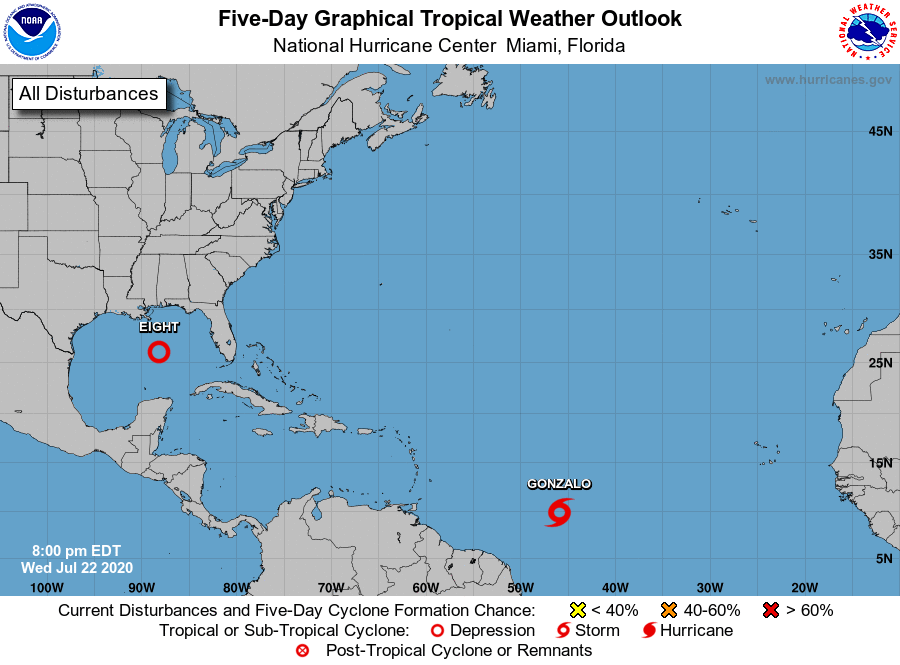
As of 11 pm on July 22, we now have two tropical systems in the Atlantic Basin. Tropical Depression 8 has just formed in the center of the Gulf of Mexico and may become TS Hanna in the next day or two. This storm poses no threat to the Southeast as it is expected to…
-

The hot, dry conditions across the Southeast are increasing demand for irrigation for many crops that are at peak water need. Evapotranspiration values are running as much as a quarter inch per day in the sunny southern areas. I’ve attached a map of yesterday’s ET for Georgia. You can really see how the sunny conditions…
Posted in: Climate and Ag in the news -
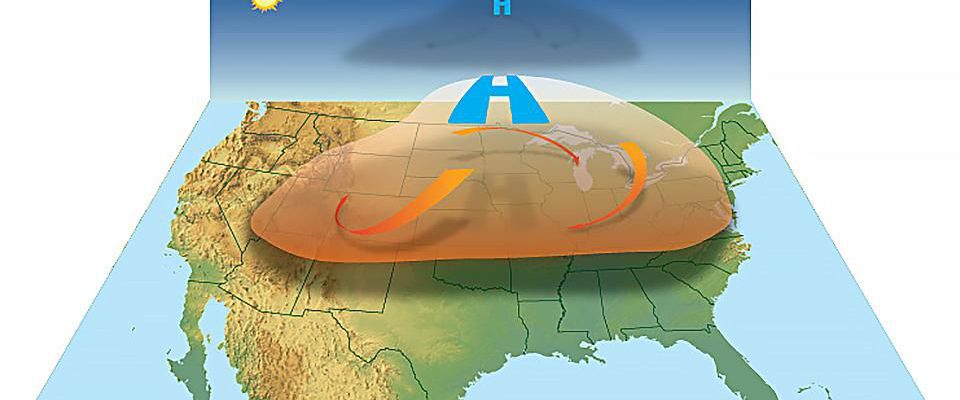
If you have been outside at all for the last week, you know how hot it has been. Most of the Southeast is under a hot, stagnant air mass which has plenty of humidity as well as high temperatures, making it feel even more oppressive. Heat indices this week have been at or above 100…
-

Apples require relatively cool weather, so there are large parts of the Southeast where they don’t grow effectively. In Georgia, apples are grown commercially mainly in the northeast, where cooler temperatures make it easier to grow them. As the climate continued to get warmer, producers are worried about the long-term viability of growing apples as…
-
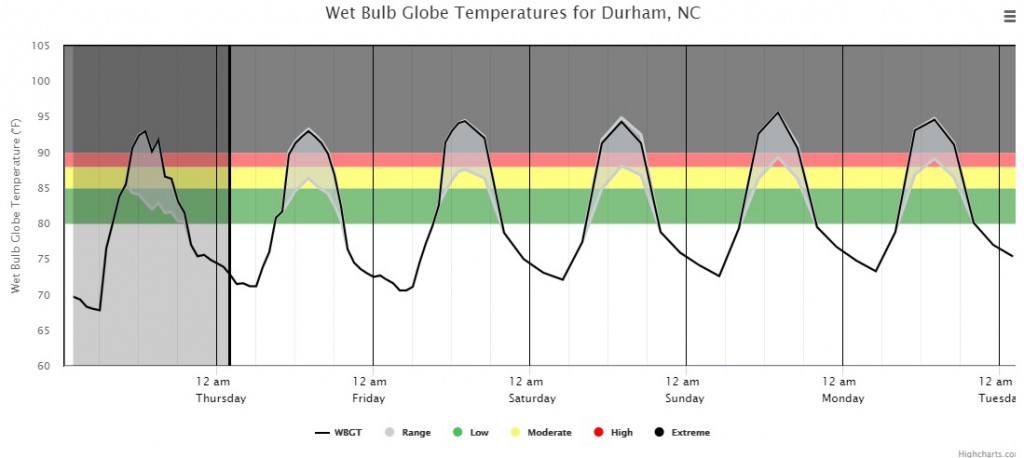
Do you know what Wet Bulb Globe Temperature is? The Wet Bulb Globe Temperature (WBGT) is a measure of the heat stress in direct sunlight, which takes into account: temperature, humidity, wind speed, sun angle and cloud cover (solar radiation). This differs from the heat index, which takes into consideration temperature and humidity and is…
-
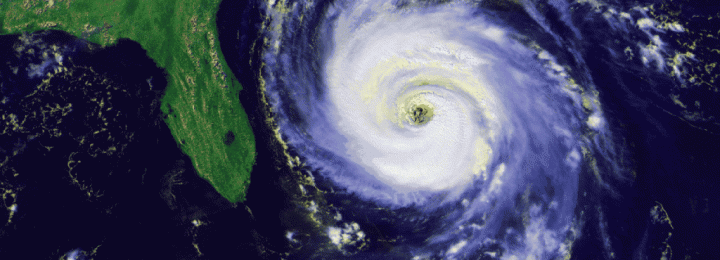
We know that hurricanes are more likely to develop when ocean temperatures are warmer than normal and when the winds high above the surface are weak. That information helps scientists make predictions about how active a hurricane season is likely to be, especially because El Nino usually increases the winds and La Nina or neutral…
-
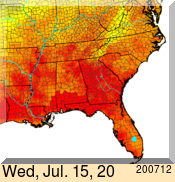
With high pressure firmly in place over the Southeast for the next week, we can expect to see temperatures and heat stress rise to dangerous levels. This will affect both outdoor workers and livestock. Producers will want to keep careful track of worsening conditions and take appropriate actions to reduce the effects of the combination…